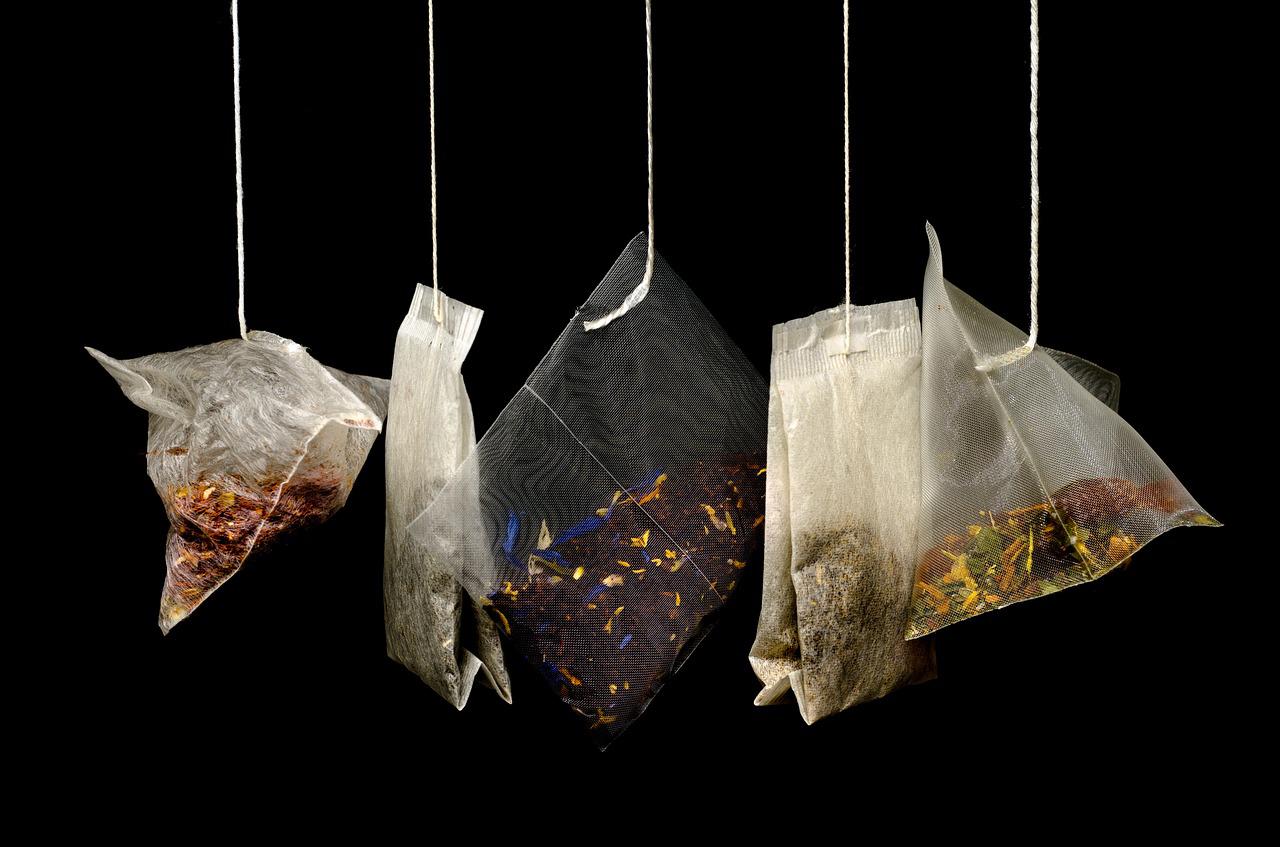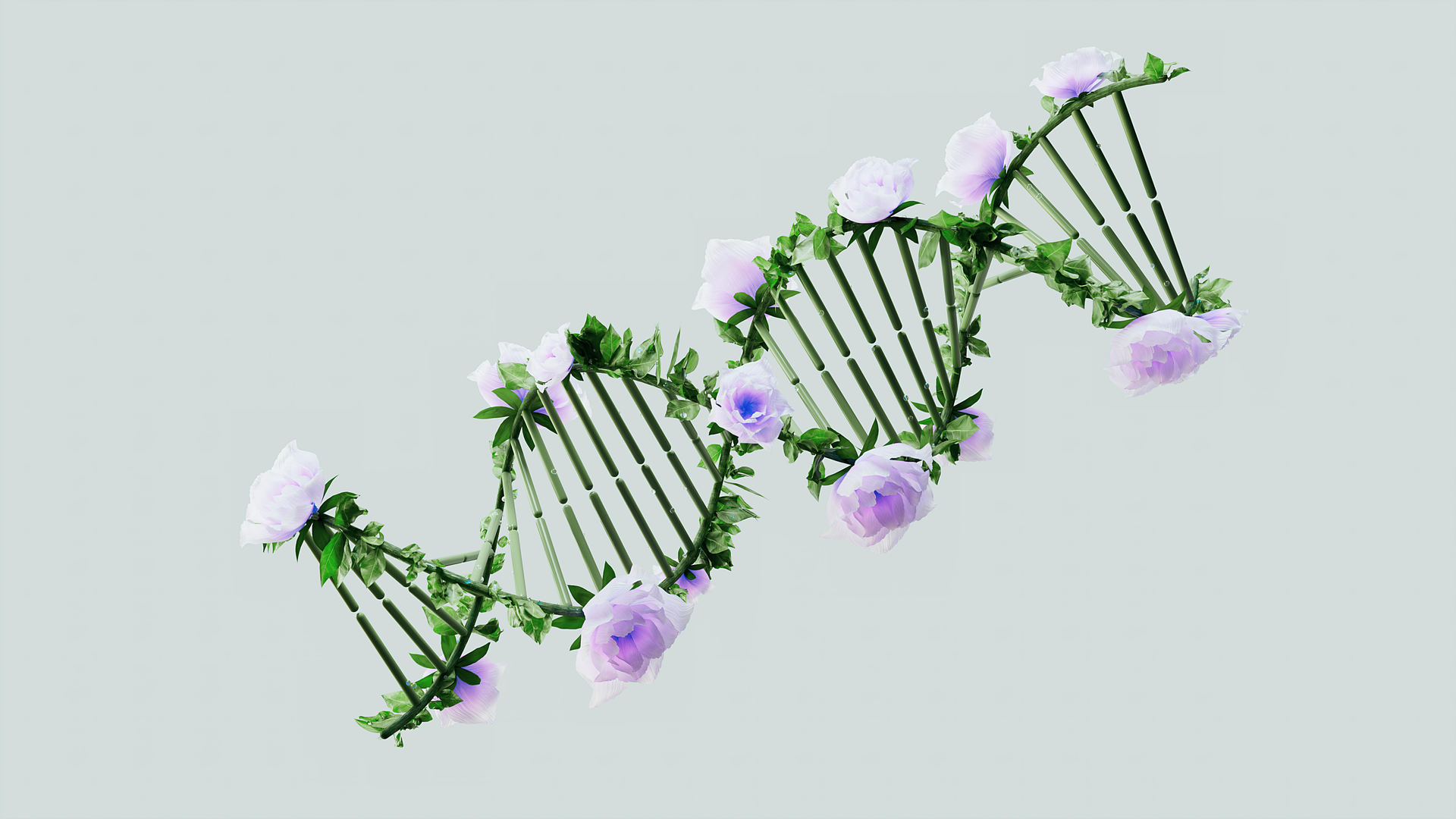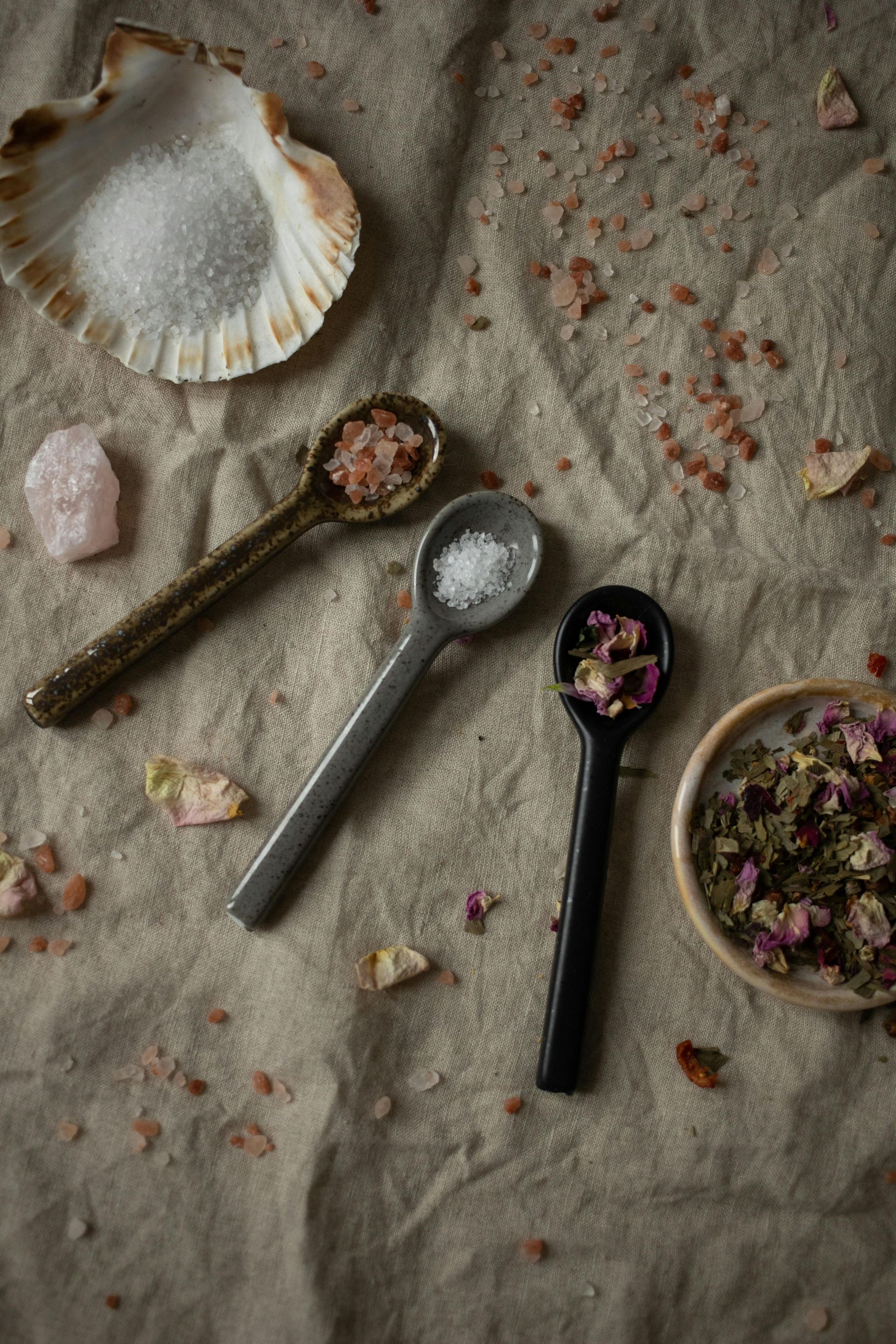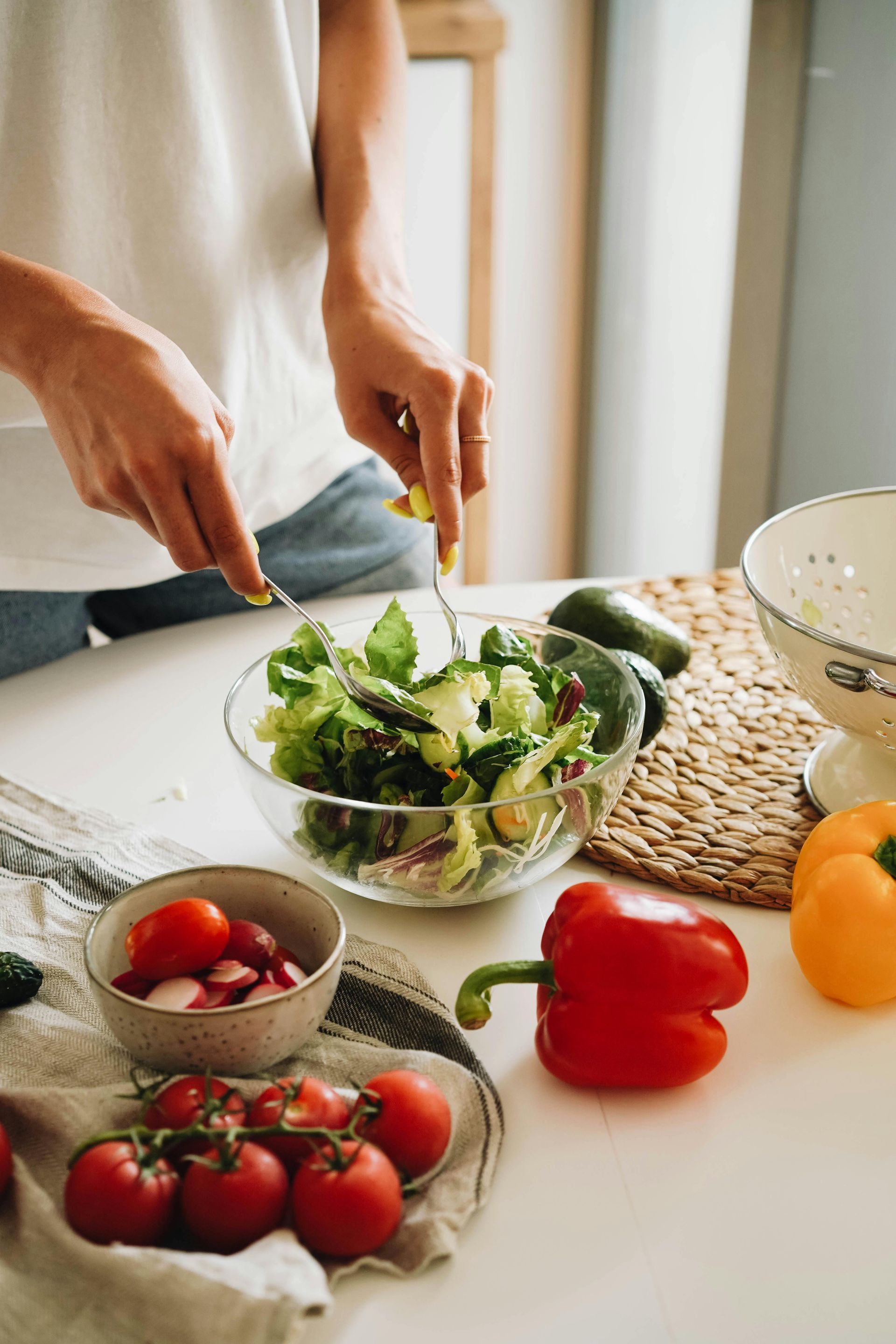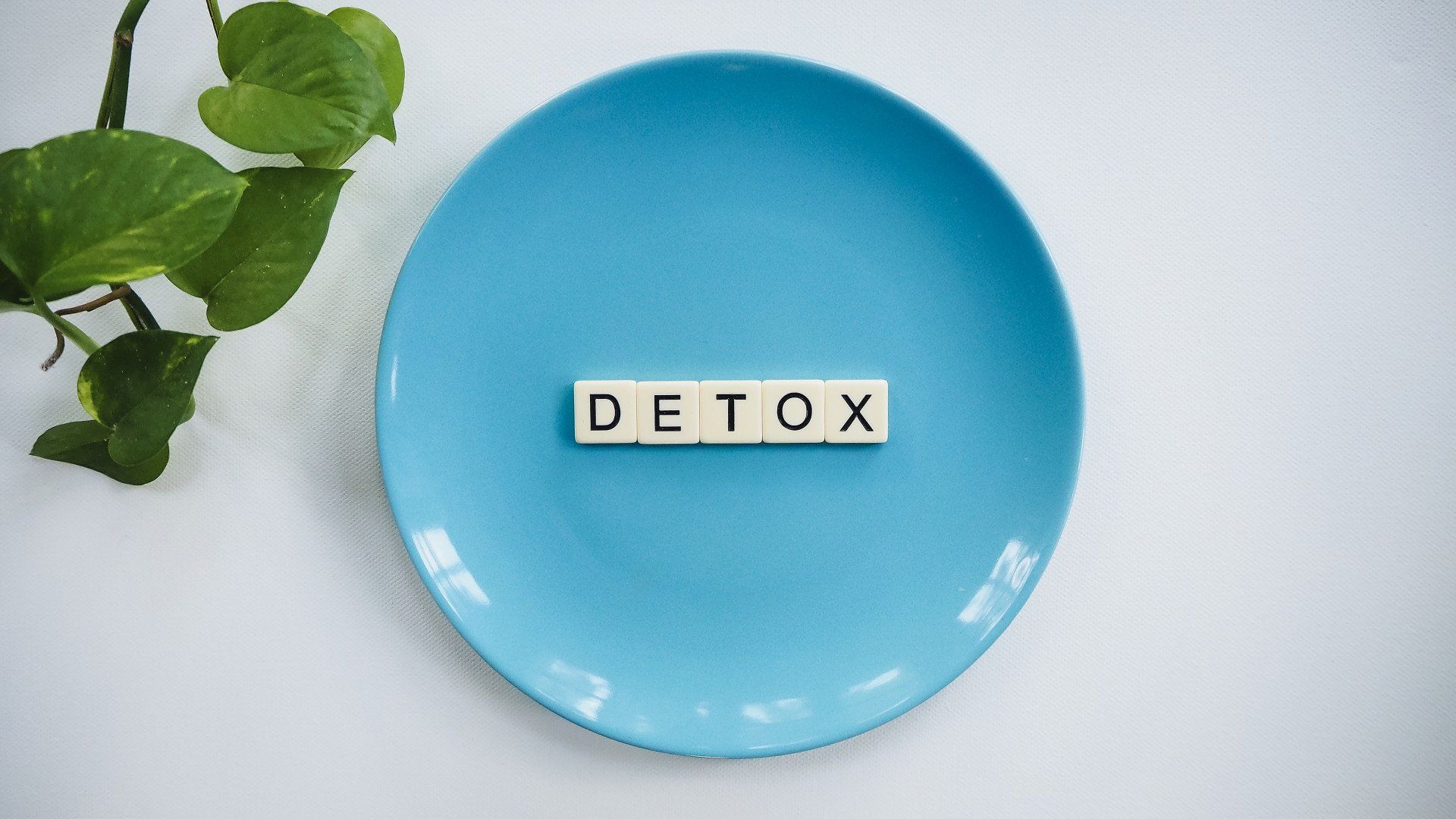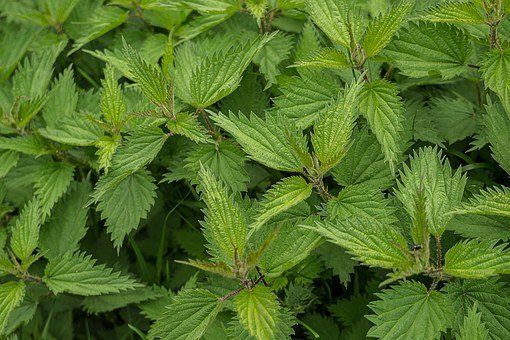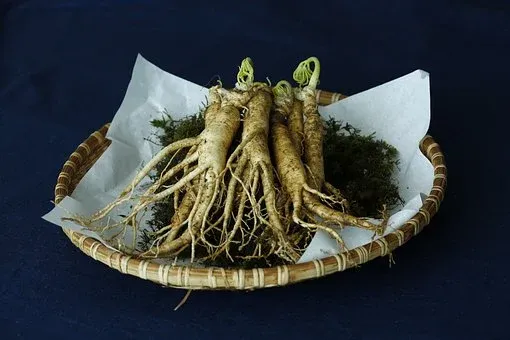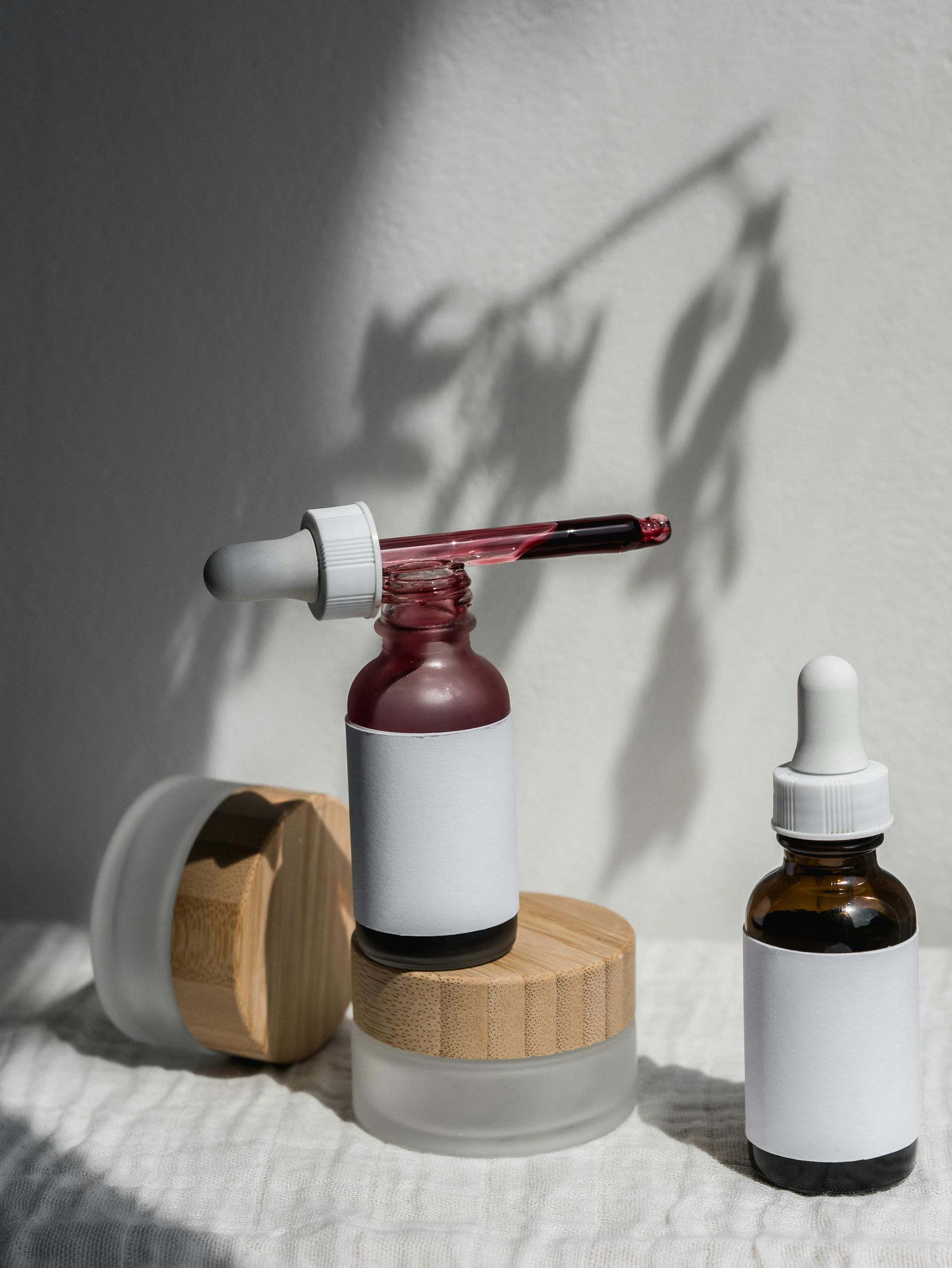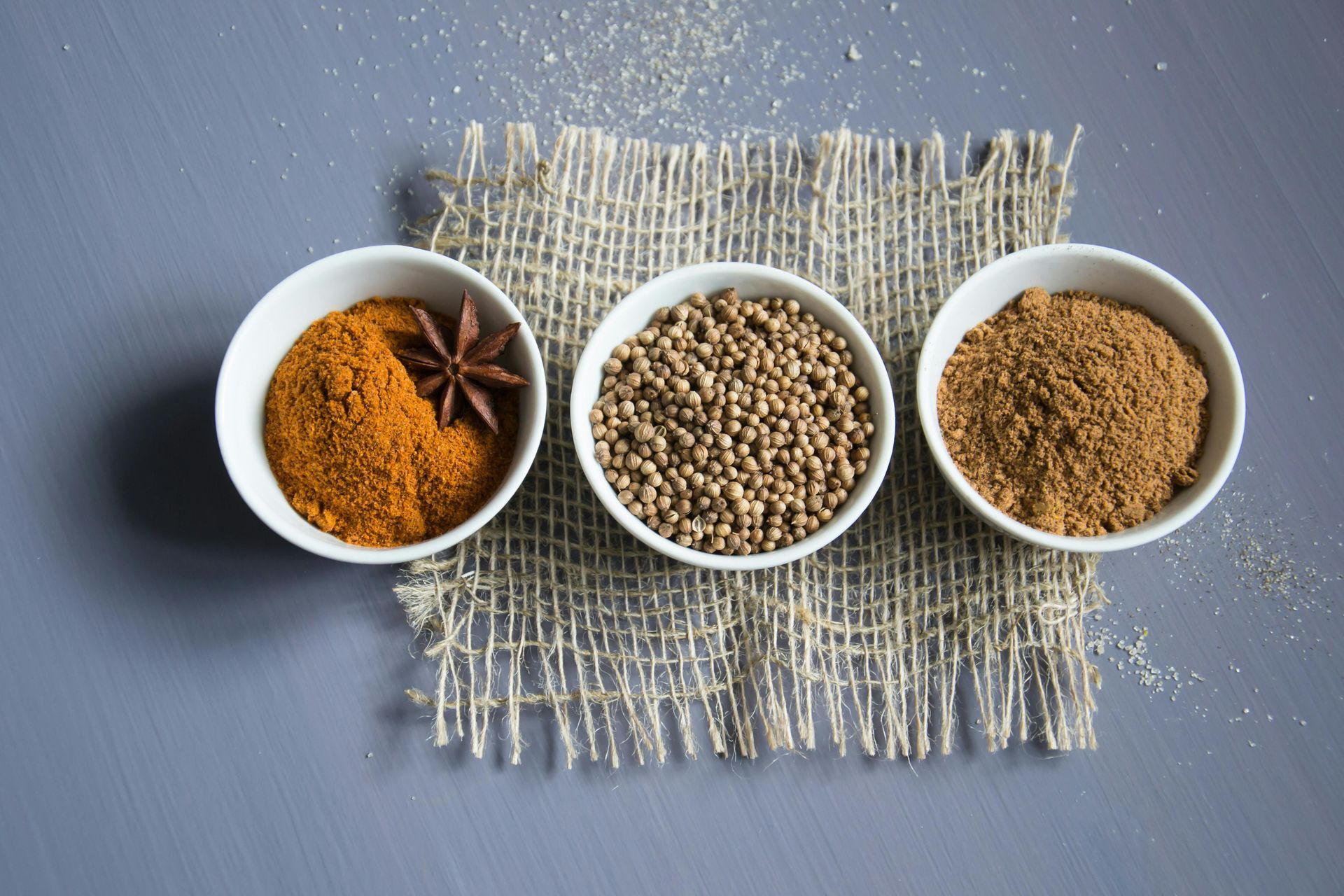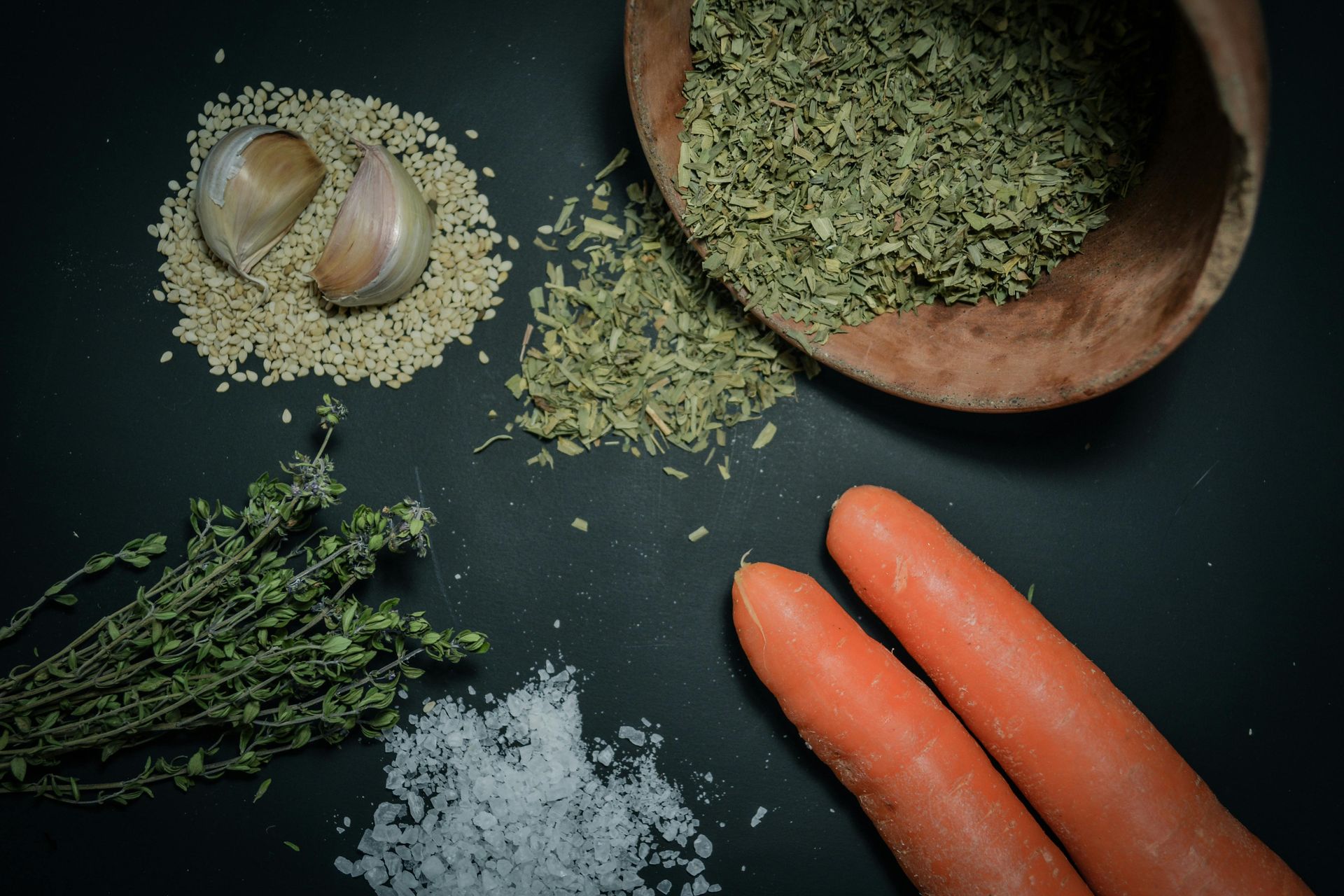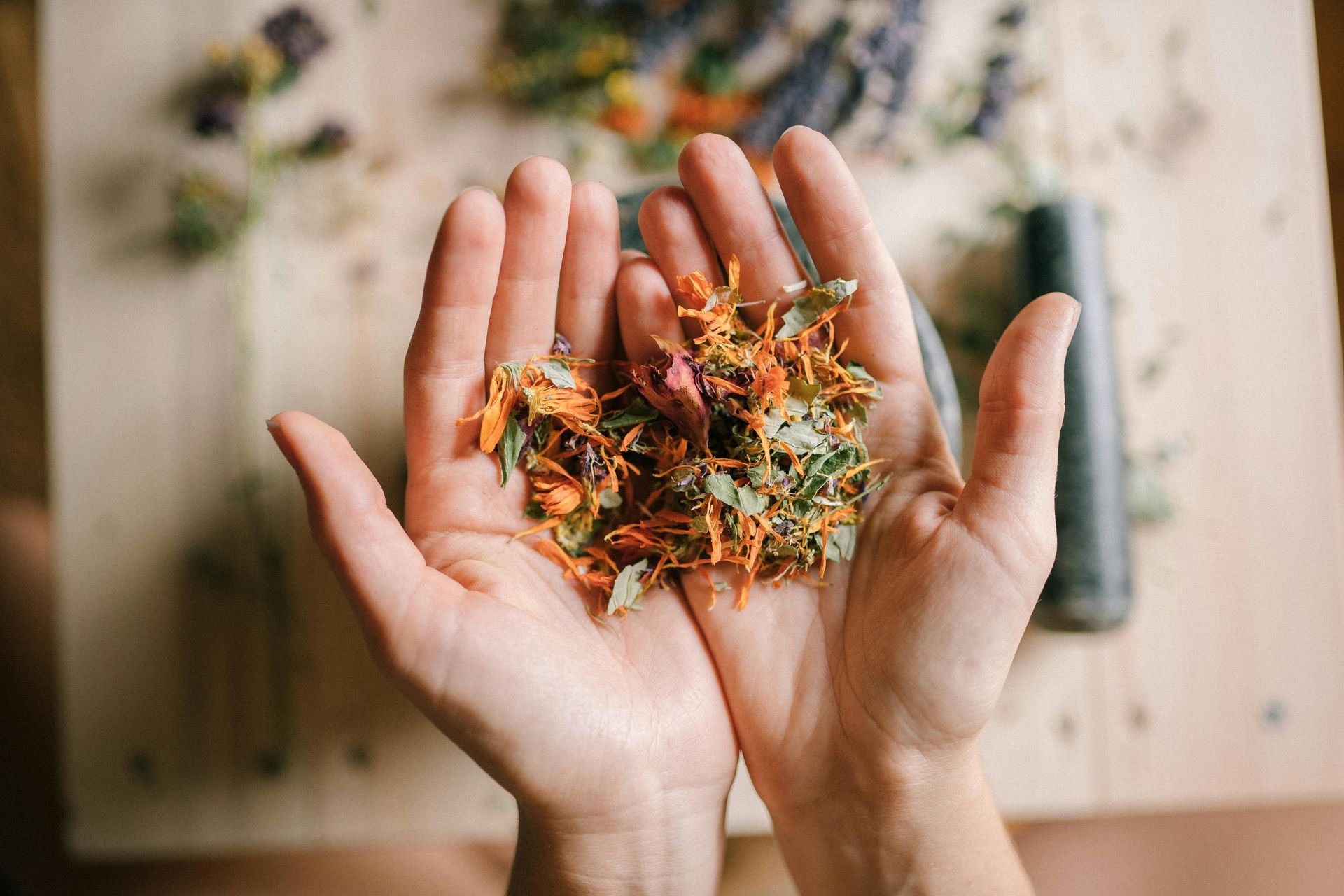
Hidden Food Additives & Allergens In Sushi Roll
I can think of nothing healthier for lunch than a California Roll made with brown rice, avocado, cucumber and crab meat. But only if you roll that sushi yourself!
And if you do happen to pick up some sushi rolls at your local supermarket, you might want to think again– especially if you are concerned about avoiding food additives or if you have any food allergies. Recently, I found 20+ chemical additives declared on the label , including: four artificial food colors, two artificial sweeteners, eight different preservatives, several potential brain excitotoxins and three hidden food allergens (corn, wheat and egg). Here is the breakdown:
Sushi Roll: The crabmeat wasn’t crab—it was imitation crab (surimi) made with Pollack, egg white, wheat starch, waxy corn starch, sorbitol, rice wine, glucose, corn syrup, crab extract, disodium guanylate, disodium inosinate, sodium triple phosphate, tetrasodium pyrophosphate, annatto, carmine and paprika. The roll also contained avocado, cucumber and roe (fish eggs) . Fish sauce made with dried bonito (fish), yeast, and kelp was added as a flavoring.
Here is a case where those allergic to egg, wheat or corn might be fooled into thinking that this was a safe food. Those with Celiac Disease might also be ingesting an unsafe food due potentially hidden gluten in the imitation crab meat. This sushi also has four different artificial preservatives—yikes!
Soy Sauce: Hydrolyzed soy protein, dextrin, dl-alanine, sodium citrate, calcium lactate, disodium phosphate, potassium bitartrate, l-lysine monohydrochloride, glycine, succinic acid, monosodium l-aspartate, dl-methionine, fd&c yellow #6.
This is basically a concoction of chemicals, many of which are excitotoxins to the brain. Like its cousin MSG, monosodium l-aspartate can increase appetite, cause food cravings and contribute to weight gain. Artificial colors like the fd&c yellow #6 can cause asthma-like symptoms and can worsen symptoms of hyperactivity, especially in children.
Ginger: Trehalose, ginger, saccharin, potassium sorbate, red #40.
Pickled ginger is traditionally made with sugar, salt, vinegar and a natural pink coloring obtained from Japanese shiso leaf. Saccharin and red #40 are both known carcinogens. Red #40 can cause allergic symptoms in some individuals.
Wasabi: Horseradish, mustard, citric acid, vitamin C, yellow #5, blue#1,
Two more synthetic food colorings added to a combination of horseradish and mustard, to make it look like real wasabi. Real wasabi is not horseradish but a related plant, often called “Japanese horseradish”.
Seaweed: Seaweed, vinegar, sugar and salt
My sushi discovery just re-enforces the pervasiveness of potentially harmful food additives in our food supply, and how important it is to carefully read food labels. If you are concerned about your health, never assume you know what is in a product. Take the extra time to find out what you are eating, even if it seems obvious. You may be surprised when you find out that there’s something “fishy” about that sushi….
